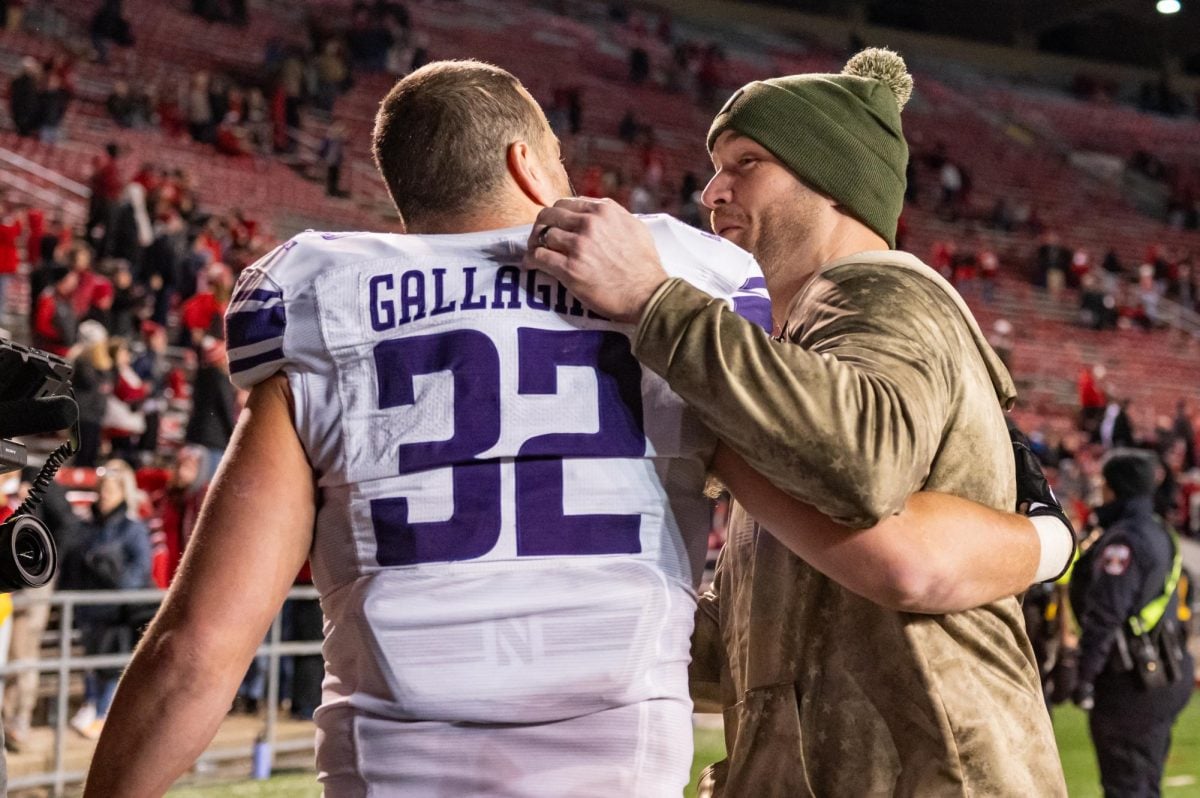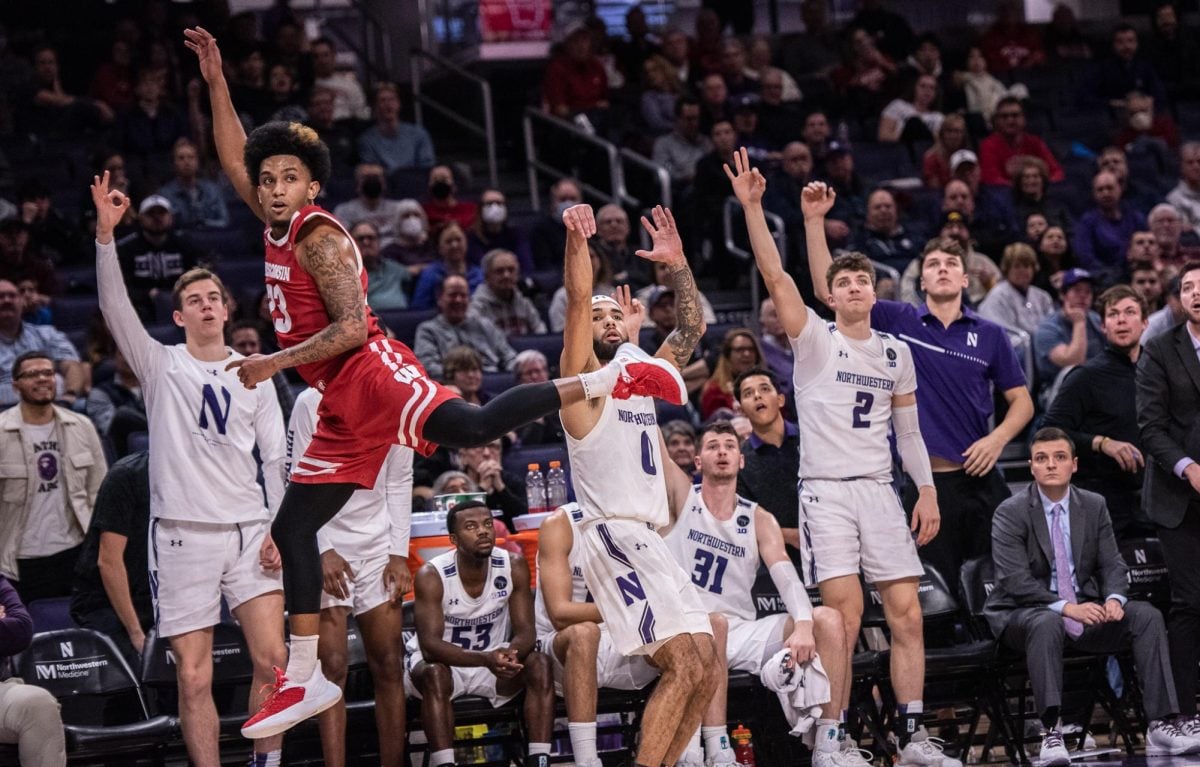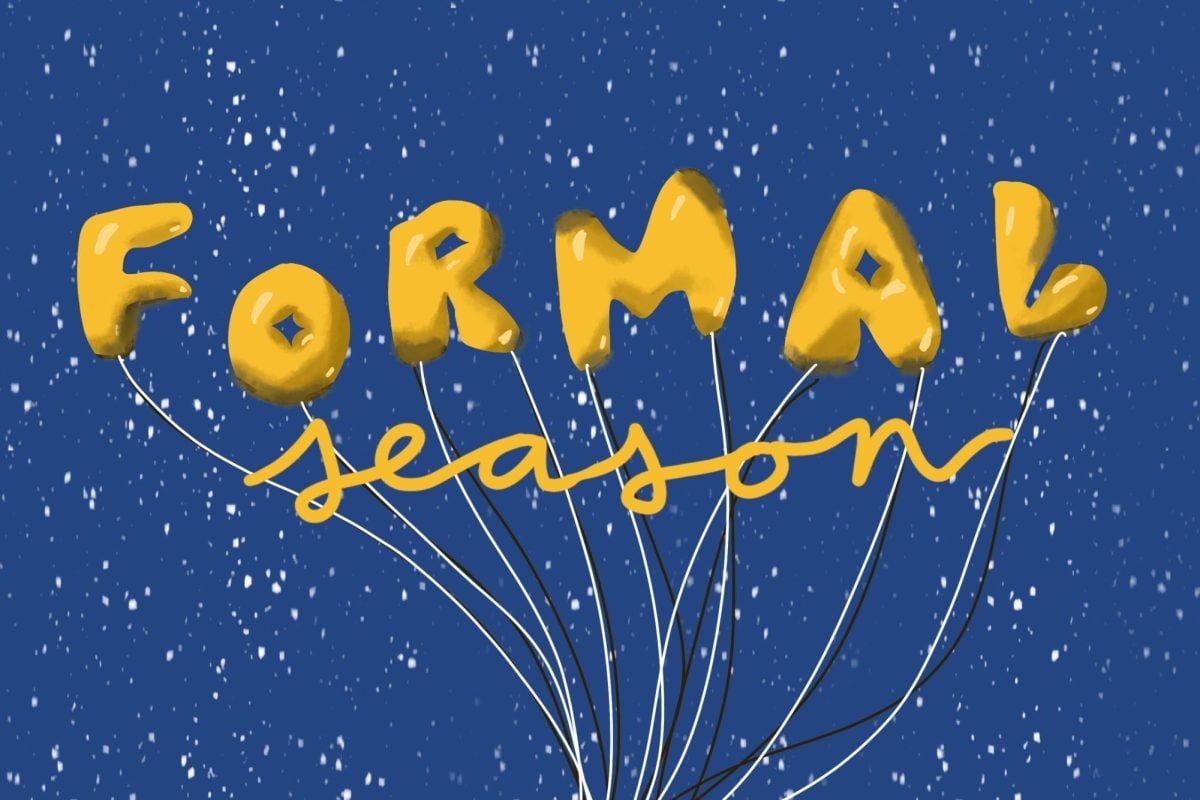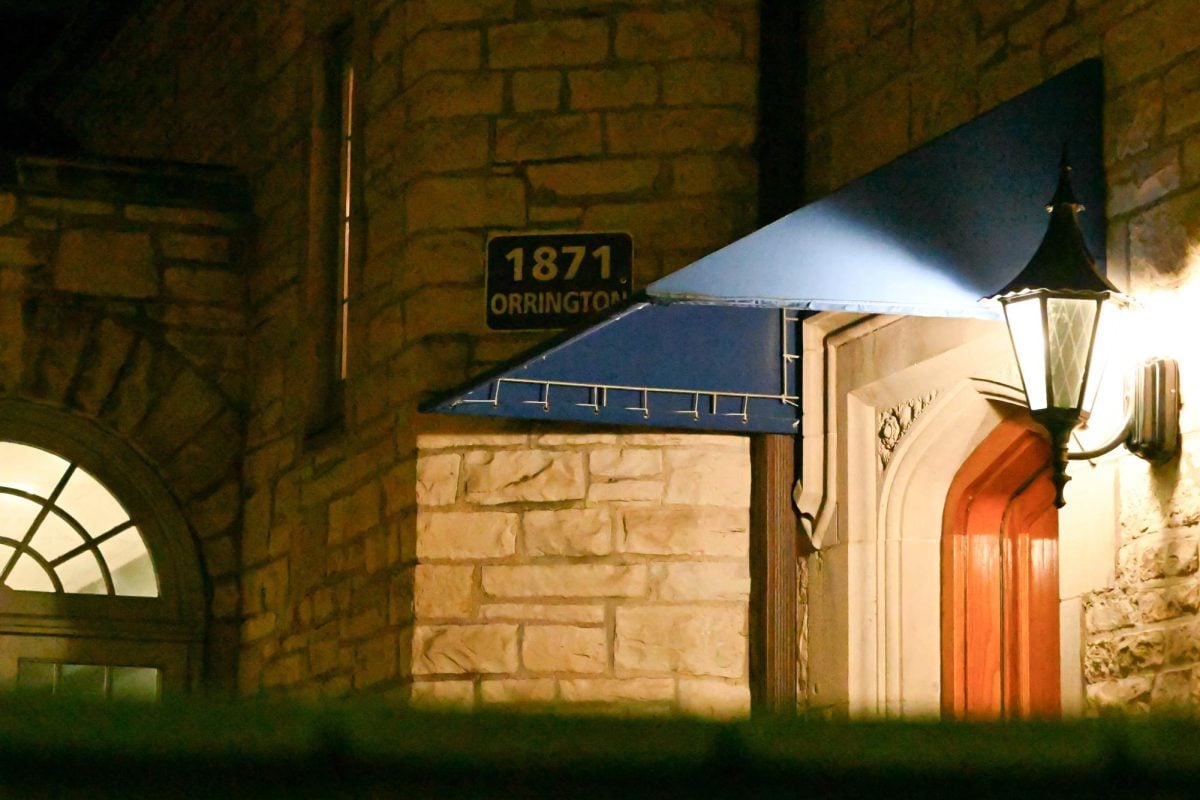Every year, my family and I sit down to watch the same three Christmas movies: “It’s a Wonderful Life,” “Home Alone” and “Home Alone 2: Lost in New York.” Just like clockwork, I smile when George Bailey chooses life over death and question how Harry and Marv survive Kevin McCallister’s borderline lethal booby traps.
I’ve tried to watch some more recent Christmas movies, too. Whenever my mom plays yet another Hallmark Channel romance flick, I roll my eyes and snark about the formulaic plot. I gave the greeting-card company a chance when it centered LGBTQ+ characters in “The Holiday Sitter” and Asian characters in “A Big Fat Family Christmas.” Although I wasn’t especially fond of either film, I appreciated the effort at diversity since holiday films have historically been dominated by white voices.
And yet, I find myself returning to the classics anyway; there’s something especially comforting about nostalgia. Holiday movies make me long for a kinder world, and revisiting childhood favorites reminds me of times when life felt simpler and I didn’t feel bogged down by the chaos around me.
I’m not the only one who enjoys the classics. When Samba TV calculated the most watched holiday films between November and December last year, the top ten only contained two new movies. The other eight were older films, ranging from the action-packed “Die Hard” (1988), to family flicks like “Elf” (2003) and romantic comedies like “Four Christmases” (2008).
Many of these films feel timeless. “Home Alone” takes place in an affluent Chicago suburb, and its plot would be implausible today, but it’s still easy to get swept up in slapstick comedies and heartwarming reunions. The holidays are often associated with pleasant music, and I frequently associate Christmas with John Williams’ whimsical “Home Alone” score, complete with choirs, sleigh bells and other quintessentially Christmas-esque sounds.
Many of us watch and rewatch holiday movies for that feel-good satisfaction of watching good people have happy endings. I’ve grown up on these types of movies. In the past, I rarely questioned them, even though I didn’t fully see myself in them. I came to see Christmas movies centered around white protagonists as more of a representation of universal ideas, as if society were implanting the idea that whiteness itself was the universal default. Since the film industry has historically been dominated by white voices, there have been limited opportunities to challenge this view of whiteness as universal — until recently.
Hallmark Media CEO Wonya Lucas and others have followed an overall trend in the entertainment industry requiring a more diverse group of actors, writers and other artists. Several new holiday films feature leads with different races, ethnicities and sexual orientations. By spotlighting a greater range of voices both on-screen and off-screen, these films can resonate with certain audiences directly in ways that would have been previously difficult.
One of my favorites among these films was “Jingle Jangle: A Christmas Journey” (2020), an excellent execution of writer and director David E. Talbert’s clear creative vision. From the opening number, “This Day,” I felt immersed in this film’s grand, toy-filled world. As everyone danced around and sang of the joys of Christmas, they exuded an infectious joy that awakened my inner child. Isn’t that what the holidays are all about?
When the villain orders the toy central to the plot destroyed, our hero, Journey, tells her grandfather, “This is the only place I have ever been where I finally felt like I belong,” before asserting she’ll save the day. Sometimes the victories in on-screen representation come in those little moments, when young people can see themselves in a character who becomes a hero on-screen. I hope children saw themselves in Journey. Everybody deserves the kind of feel-good story that represents them while speaking to all of us.
The classics will always have a special place in my heart, but there will still be room for new feel-good stories that will make me smile and laugh and maybe even cry. All the better if those movies show that Christmas doesn’t have to be so white after all.
Edward Simon Cruz is a Medill freshman. He can be contacted at [email protected]. If you would like to respond publicly to this op-ed, send a Letter to the Editor to [email protected]. The views expressed in this piece do not necessarily reflect the views of all staff members of The Daily Northwestern.
Email: [email protected]
Twitter: @edwardsimoncruz
















